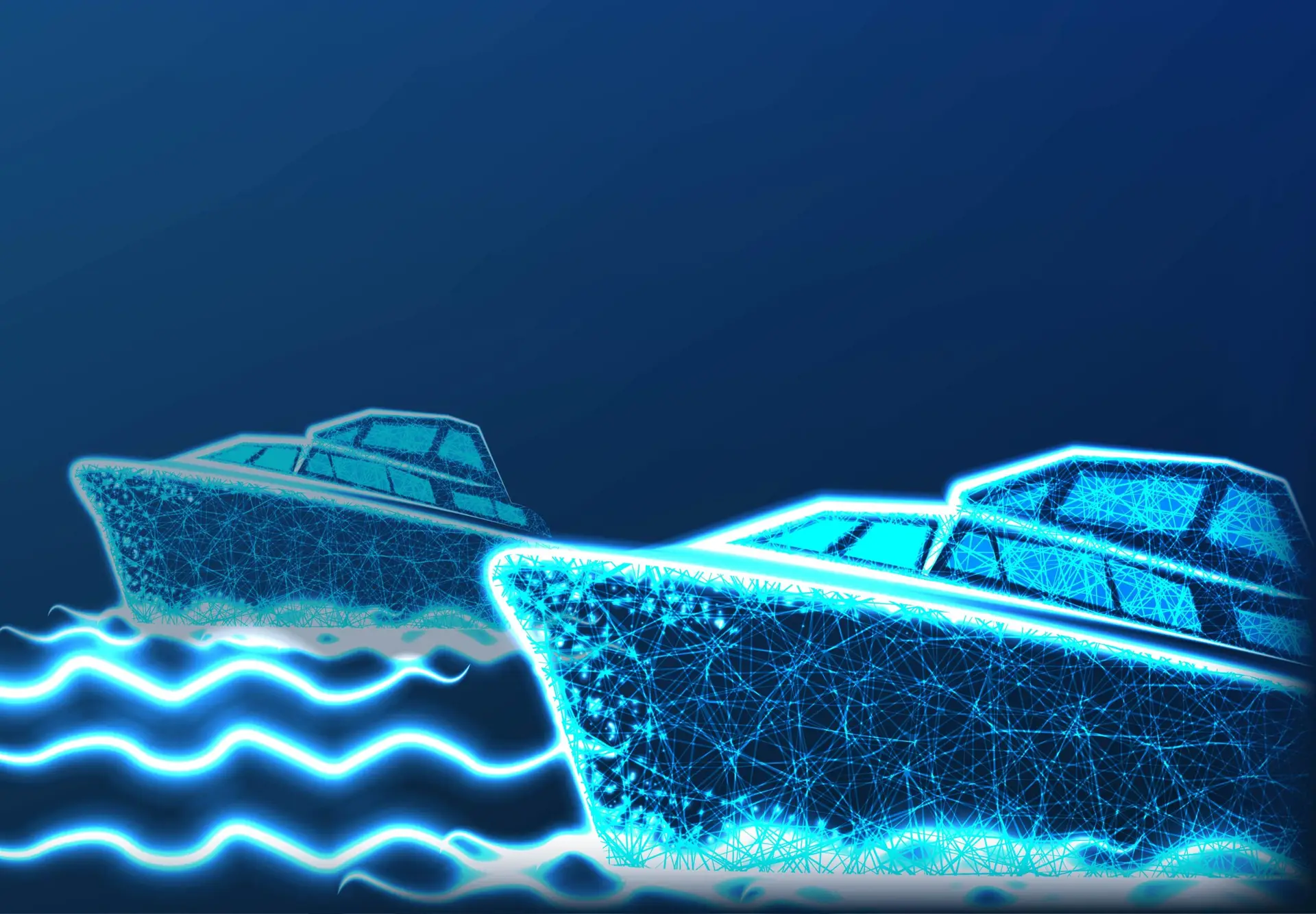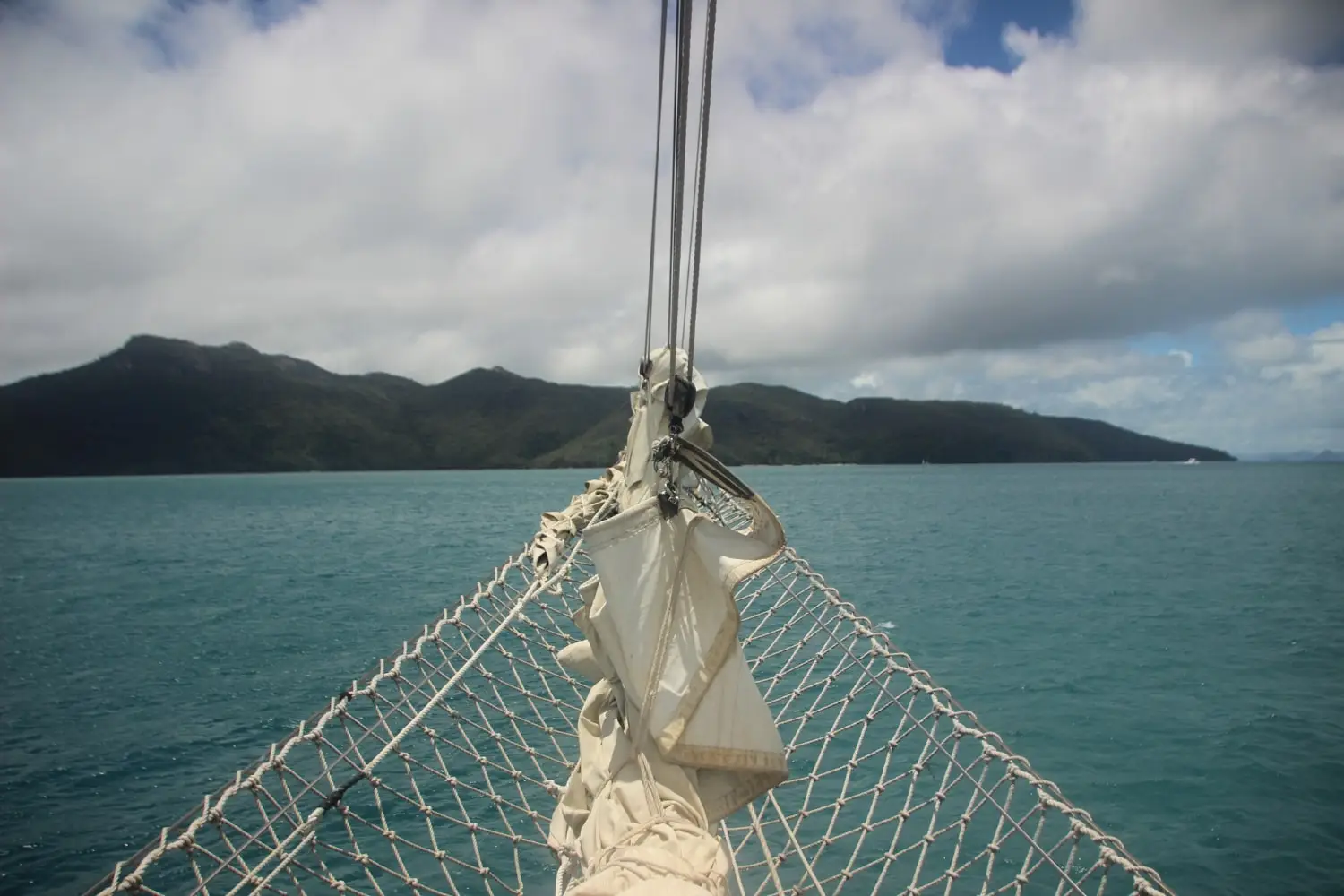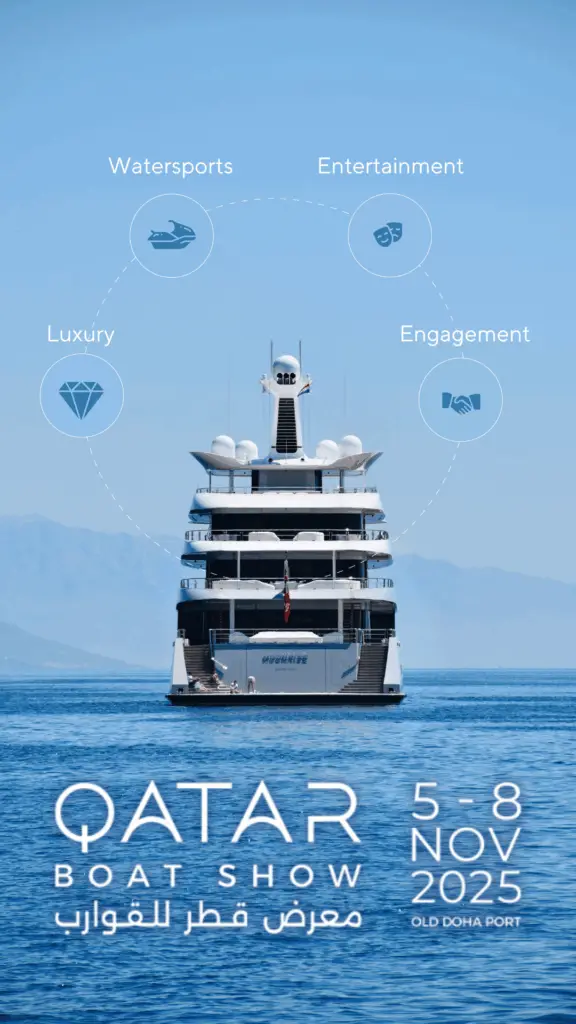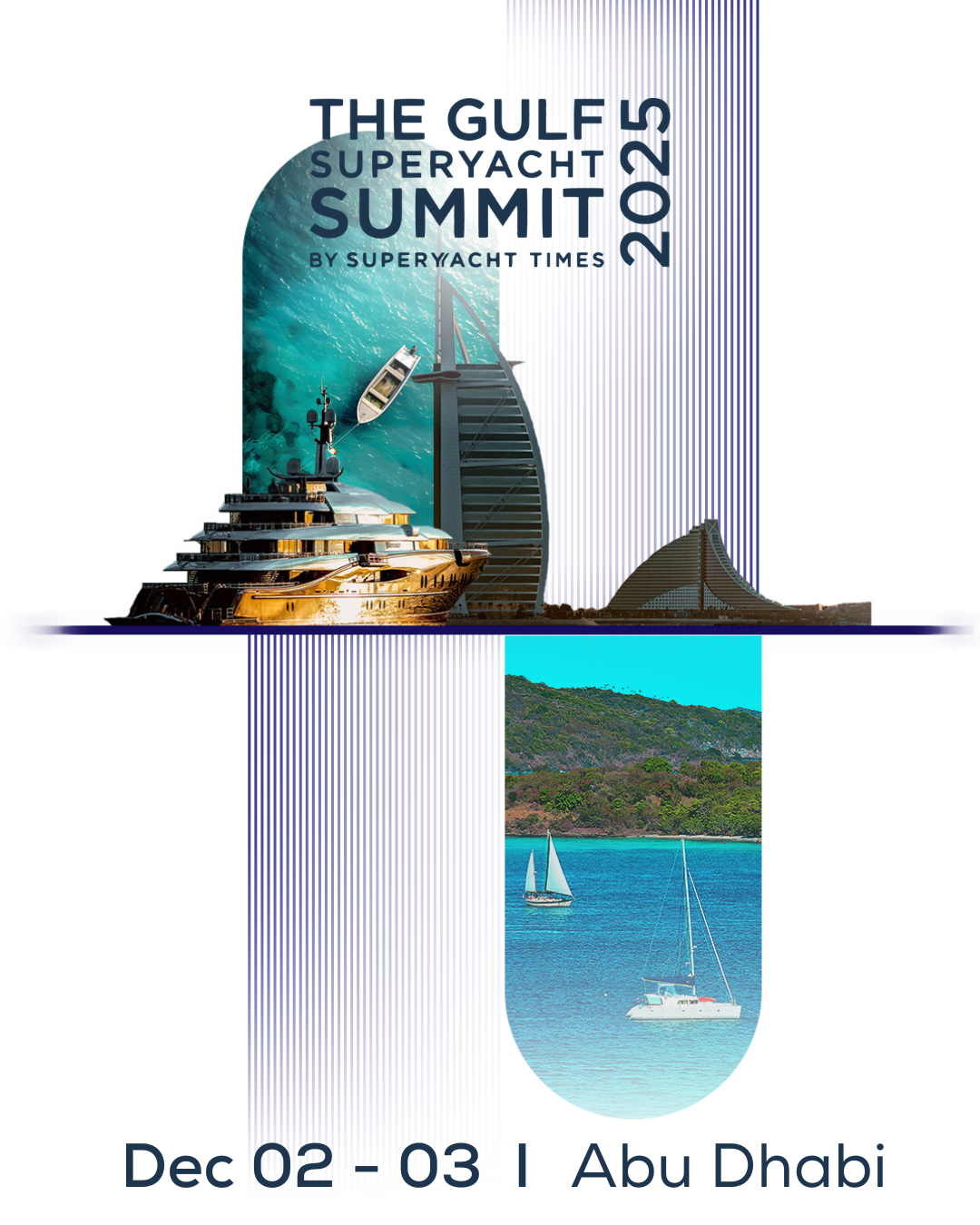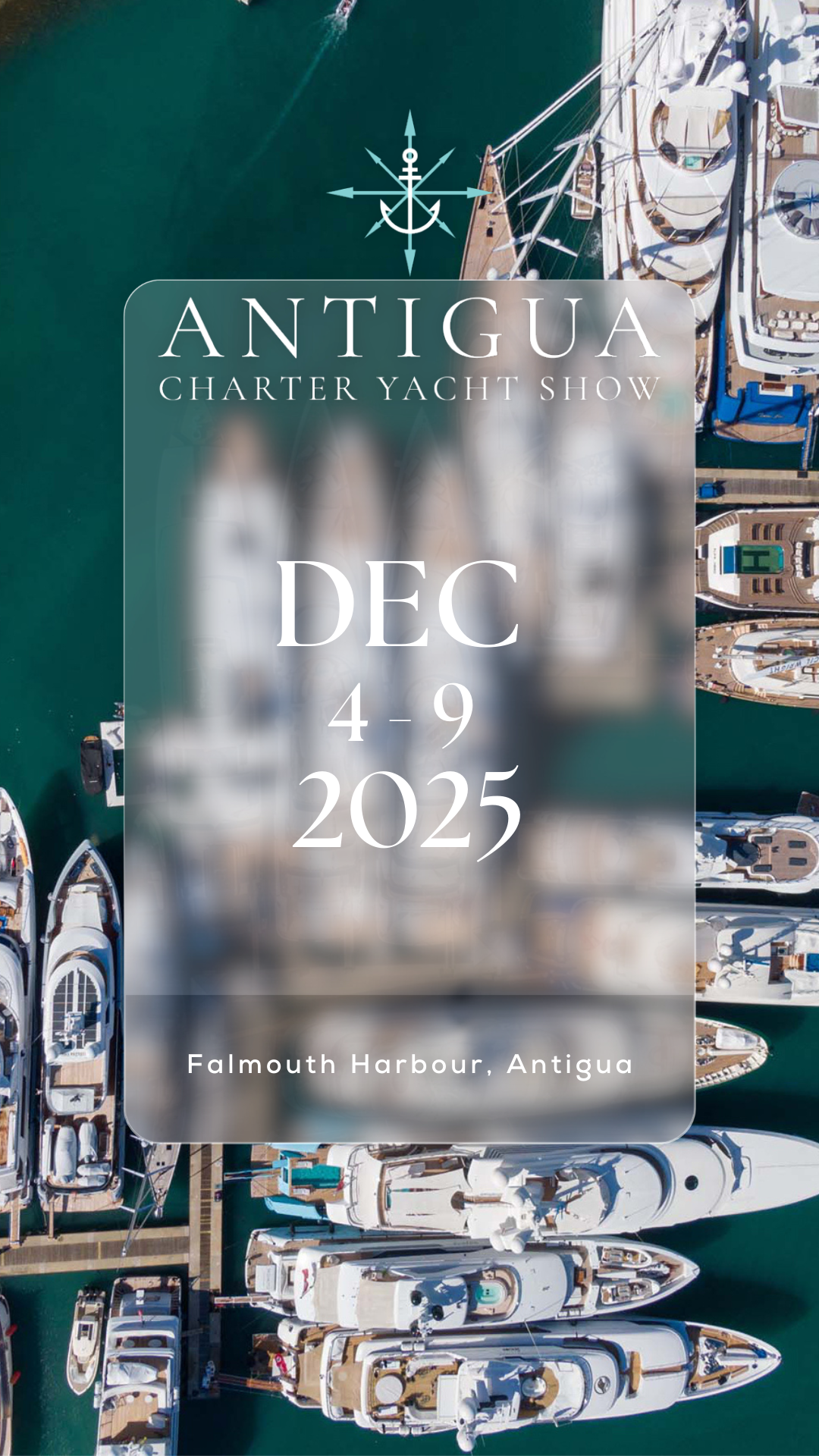- Technology and Innovation
AI Navigation in Yachting: Innovation or a Risky Gamble for Safety?
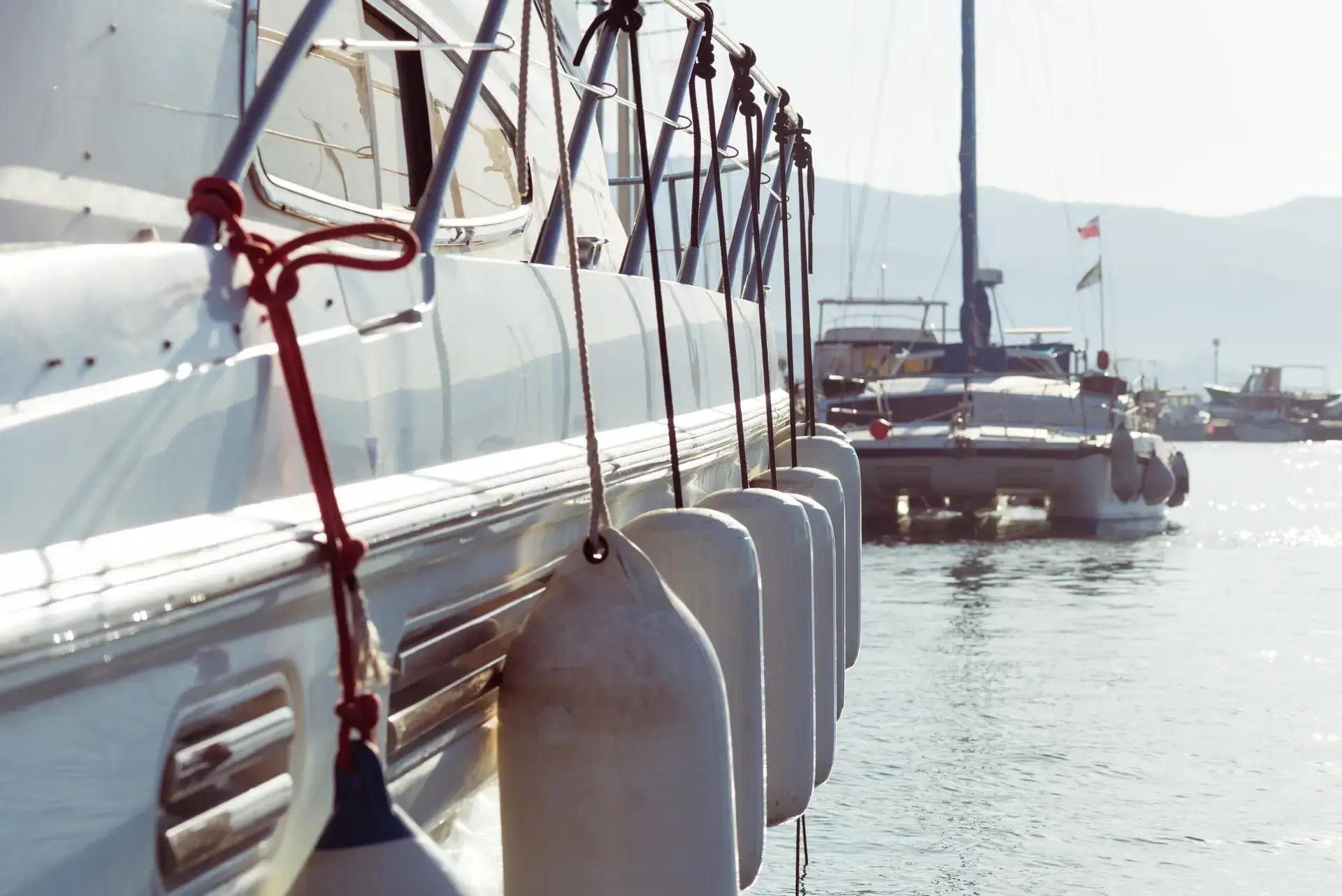
Image by slon.pics via Freepik
AI Takes the Helm: The Edge of Precision or the End of Control?
Imagine gliding through pristine blue waters, your course determined not by an experienced captain’s hand but by lines of code and machine-learning algorithms. No calloused fingers clutching the helm, just a whisper of machinery parsing ocean data at lightning speed. The world of yachting is no stranger to technology, but artificial intelligence (AI) is different—it doesn’t simply assist; it takes charge.
This new wave of innovation brings with it both fascination and hesitation. AI navigation claims unparalleled accuracy and efficiency, plotting routes by analyzing ocean currents, weather patterns, and even vessel traffic to an extent no human captain could replicate. And yet, the question lingers: can AI ever truly understand the unpredictable dance of the open sea?
Beyond Boundaries: The Thrill of Human Expertise Versus Cold Calculation
Yachting is a raw, visceral experience. From the salt in the air to the sight of the open horizon, it’s a lifestyle that invites risk and demands skill. But with AI-driven navigation systems onboard, that element of human mastery becomes a variable—and to some, a lost art.
Imagine a scenario: you’re cruising along the Amalfi Coast, the cliffs sharp against a blazing Mediterranean sky. A storm is brewing on the horizon, and every seasoned sailor knows that gut feeling—the call to adjust, to maneuver. Would AI sense the same pulse, react as swiftly, or anticipate the thousand subtle factors that human instinct hones over years?
For traditionalists, there’s a thrill in trusting the captain’s judgment, in knowing they’ve braved oceans, felt the fury of waves firsthand. Yet for others, AI’s presence signals a bold step forward, offering luxury yacht owners a peace of mind where every move is calculated with precision, immune to fatigue, distraction, or human error. It’s safety—albeit of a different kind.
The Yachting Experience: Freedom Redefined?
At its core, yachting has always been about freedom. It’s the romance of setting your course, exploring uncharted territories, and surrendering to the vastness of the sea. But if AI becomes a fixture in the cockpit, is that sense of freedom enhanced or restricted?
While AI promises safety, precision, and efficiency, there’s a haunting sense that it could confine the experience. Some argue that a yacht, once a symbol of boundless freedom, risks becoming a luxury cage, limited by the algorithms dictating its course. Others see AI as a co-pilot, an unerring ally in the pursuit of exploration, allowing yachters to push further, freed from the risks that come with fatigue or miscalculation.
Is AI the Future or a Storm on the Horizon?
As with any technological shift, AI in yachting navigates between admiration and apprehension. Its precision promises smoother journeys, reduced risks, and perhaps even cost savings—but it also demands trust, an uncomfortable shift for an industry that revels in control and intuition.
The conversation around AI navigation isn’t just technical; it’s philosophical, even a little rebellious. For the discerning few on the cutting edge of yachting, AI is both an opportunity and a challenge to define what yachting should mean in a world that values speed and safety over the thrill of raw adventure. Only time—and the open sea—will reveal if AI is the next frontier or a road best left uncharted.

